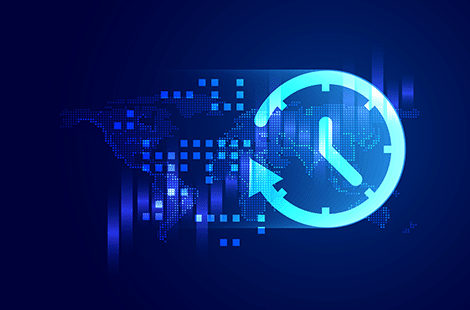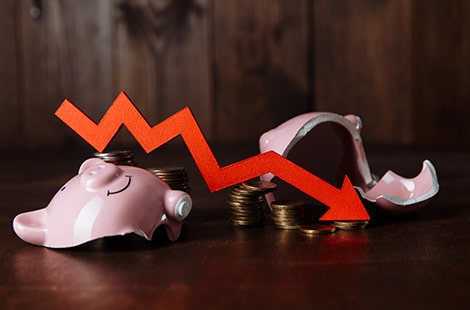Anti-counterfeit measures by brands, governments and private organisations have made a dent in the flow of fake products across the globe. But the problem continues to exist and grow.
At certain points, the heroes have the upper hand, and other times, the villains do. The question before us is – how do we decisively tip the scales in favour of those protecting consumers,animals and nature.
This required us to go back to the drawing board to redefine the problem, and challenge ourselves to raise the bar. We needed to come up with a revolutionary approach, instead of an iterative one.
Solve for the Consumer
At the core of the solution is the consumer, as they have the most to lose. Yet, many consumers struggle with technologies that are difficult to understand. Most cannot distinguish between a fake and genuine hologram, and barcodes or random sequences of numbers add unnecessary cognitive load. Moreover, a significant portion of consumers may lack the literacy to fully grasp the implications of these technologies.
Eliminate the Cost of Implementation
Come up with a technology solution that involved the least change to the existing system. This reduces the friction of implementation and neutralises all arguments around cost, logistics and disruption. The solution we have invented does not require any change to the existing factories or packaging processes.
Eliminate the Learning Curve
Customers shouldn’t need to learn new behaviors. The technology should integrate with the most ubiquitous device—the mobile phone—and leverage the most common action across cultures, geographies, and languages: taking a photo.
Eliminate Weak Links, by Solving at the Point of Impact
No matter, how the supply chain maybe corrupted, the consumer acts as the gatekeeper. From a design perspective, this works the best. Trying to protect all the links within the supply chain is desirable but intensive.
Launch Technology Everywhere, Instantly
The mobile device is arguably the most ubiquitous device in history. The percentage of people who are near someone with mobile phone, is close to 100%. One device is enough to protect any number of people. No new technology or behavior is required. Anyone who knows how to take a photo, can protect themselves.
Expand Points of Verification
Any human with a mobile phone, can now play a role. You instantly have billions of points of verification, data gathering. Every consumer can now protect themselves and others.
Eliminate Friction in Reporting
A lot of the time, the consumers try to report issues, but the data is too small to be noticed, or gets lost in legacy systems. Consumers no longer need to report or log the verification results. It is automatically tracked and logged.
Increase Verification Proof
Every verification is accompanied by photographical evidence. This is documented and traceable. This has massive implications on research and crime fighting. Consumers can even save the photo on their phone to validate later when they have time. Consumers do not have to even save the actual packaging in order to submit proof of evidence.
Eliminate Impact of Intimidation/Corruption
We need to protect the protectors. Threats and intimidation, and industrial espionage are not beyond the capability of sophisticated and cash rich counterfeiters. Our invisible code ensures that there is no way for counterfeiters to threaten those in the supply chain to replace stickers, bar codes or numbers. The protection happens at the source, and the verification happens at the consumption. There is no weak link to exploit.



